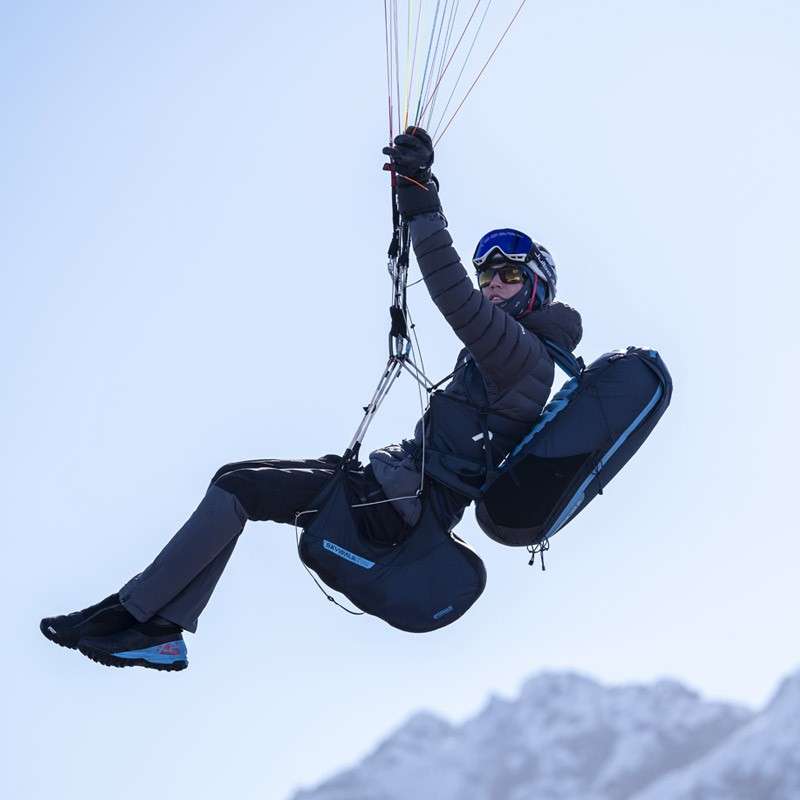Snowshoe hiking offers a unique and invigorating way to experience the winter landscape, transforming familiar trails into pristine, snow-covered wonderlands. This activity allows you to explore areas often inaccessible during the snowy months, providing a sense of freedom and adventure. Unlike traditional hiking, snowshoeing distributes your weight over a larger surface area, preventing you from sinking into the snow and allowing you to traverse deep drifts with relative ease. Embracing snowshoe hiking opens up a whole new world of outdoor exploration and fitness opportunities, promising breathtaking views and unforgettable moments.
The Allure of Snowshoeing
What makes snowshoeing so appealing? It’s a combination of factors. First, it’s an incredibly accessible sport. You don’t need years of training or specialized skills to get started. A basic pair of snowshoes and appropriate winter clothing are usually all you need to embark on your first adventure. Second, it’s a fantastic workout. Snowshoeing engages muscles throughout your body, providing a cardiovascular challenge while strengthening your legs, core, and even your arms. Finally, and perhaps most importantly, it allows you to connect with nature in a deeply personal way. The quiet solitude of a snow-covered forest, the crisp, clean air, and the stunning beauty of the winter landscape create an unforgettable experience.
Choosing the Right Snowshoes
Selecting the right snowshoes is crucial for comfort and performance. Consider these factors:
- Terrain: Are you planning on hiking on flat, groomed trails or venturing into steep, backcountry terrain? Different snowshoes are designed for different types of terrain.
- Weight: Snowshoes are rated for a specific weight range, including your body weight and the weight of your gear. Choose snowshoes that can accommodate your total weight.
- Binding System: Different binding systems offer varying levels of support and adjustability. Consider your personal preferences and the type of boots you’ll be wearing.
Snowshoe Hiking Techniques
While snowshoeing is relatively intuitive, mastering a few basic techniques can enhance your experience and prevent injuries. For example, learning to traverse slopes safely and efficiently is crucial in hilly terrain. Understanding how to use your poles for balance and propulsion can also make a significant difference, especially on longer hikes. Regular practice and adapting to different snow conditions will improve your confidence and enjoyment on the trails.
Essential Gear and Safety
Beyond snowshoes, appropriate gear and safety precautions are paramount. Layering your clothing is essential to regulate your body temperature. A waterproof jacket and pants are crucial for protection from the elements. Don’t forget a hat, gloves, and sunglasses to protect yourself from the sun and cold. Carrying a backpack with essentials like water, snacks, a first-aid kit, a map, and a compass (or GPS) is vital for a safe and enjoyable snowshoeing experience. Always inform someone of your planned route and expected return time.
Snowshoeing vs. Hiking: A Comparison
| Feature | Snowshoeing | Hiking |
|---|---|---|
| Season | Winter | Spring, Summer, Fall |
| Terrain | Snow-covered Trails | Bare Trails |
| Equipment | Snowshoes, Poles (optional) | Hiking Boots |
| Difficulty | Can be more strenuous due to snow | Varies depending on trail |
Ultimately, embracing the winter months through snowshoe hiking provides a refreshing perspective on the outdoors. It’s a chance to escape the crowds, embrace the solitude, and appreciate the unique beauty of the winter landscape. With proper preparation and a sense of adventure, snowshoe hiking can be a rewarding and transformative experience, offering a fresh perspective on the natural world and a fantastic way to stay active during the colder months.

